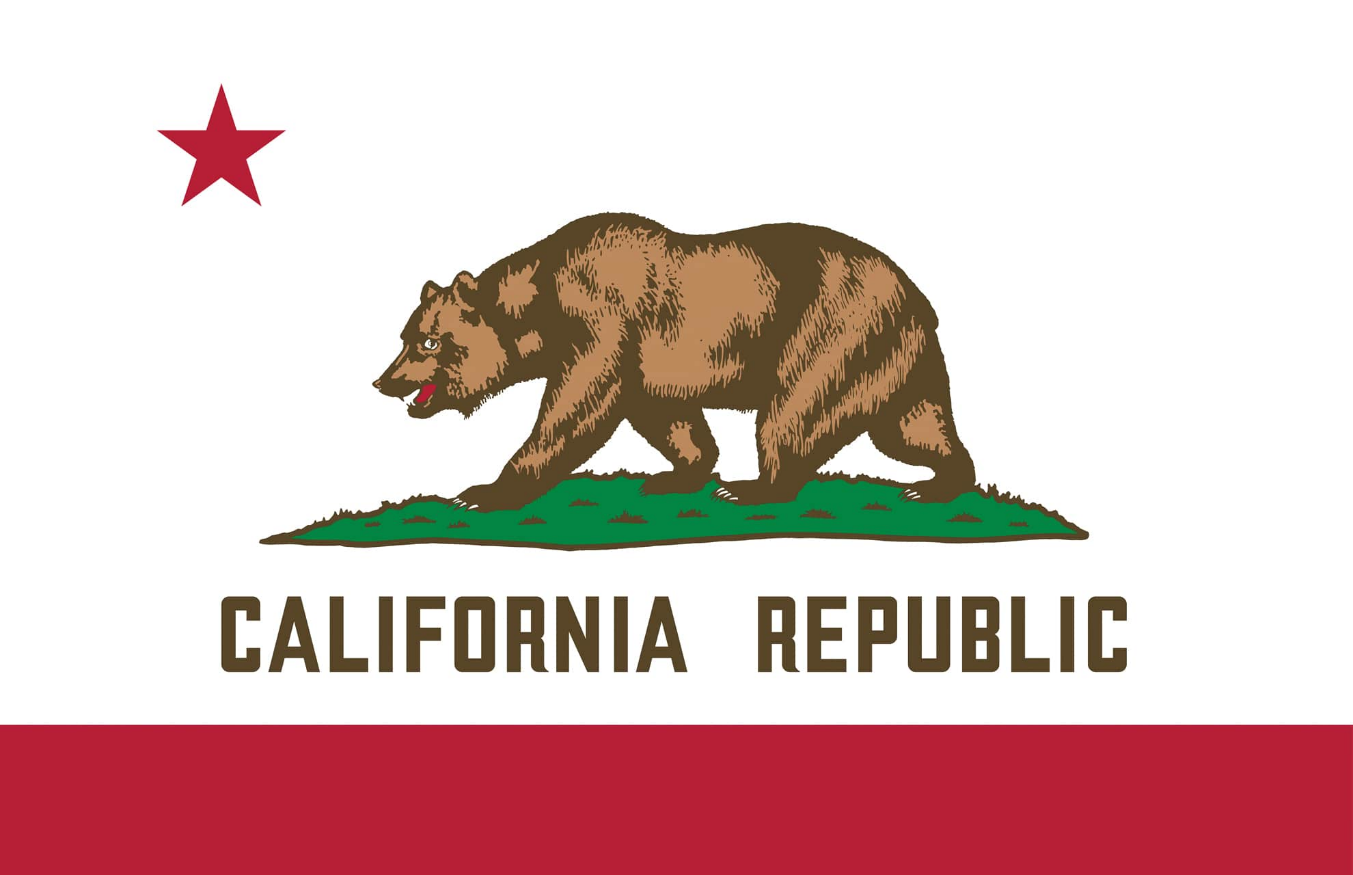WTI and the Terrible, No Good, Very Recession-y Quarter
It was about five years ago when oil prices plunged to negative $40 per barrel. Happy anniversary to those who were on the right side of that trade. Money, it’s a gas. Grab that cash with both hands and make a stash. New car, caviar, four star daydream. Think I’ll buy me a football team.
The US has elected to press the pause button on the lion’s share of tariffs for 90 days. So we’re going to spend 2Q 2025 negotiating eenie meenie miney moe, as countries come to the US looking for a better deal than they can get from Value Village on Centre Street in West Roxbury. We could end up with realigned global trading leading to the evolution of a new international order of commerce. It will be just like Candy Cane Grams! And none for Gretchen Weiners. Bye
Some analysts have indicated that a trade war with China and other countries could result in a 15 percent reduction in GDP growth this year, which would lead to a haircut in oil demand which would put pressure on oil prices and ultimately curtail domestic oil production. It’s a cascade of falling dominoes and we’re not talking about pizza that tastes like cardboard. Domestic oil producers need at least $60/barrel to punch new holes in the ground The EIA lowered its forecast for oil prices through 2026 — taking it down from $62.50 to $56.00. Commensurate with that, the agency also reduced its US production forecast to 13.56 million barrels per day. At the end of the day, and paradoxically, America cannot be an energy leader in a world of cheap oil. Independent producers represent 90% of all of the drilling projects and each one of them needs oil prices to make sense and stay elevated in order to protect their balance sheets. US Oil rig count is now 15% below last year’s levels. Gasoline consumption showed a year-over-year decline of 2.8% in its four-week moving average. Economic analysts use this data as a leading indicator for consumer discretionary spending. Rutro.
The “R” word keeps creeping up in conversations, and a recession that stifles oil demand while OPEC+ increases production can quickly flip market structure into long awaited contango. It seems as if news emanating from global hostilities is the only thing that keeps oil prices buoyant these days. It’s not a market strategy that begs for incremental CAPEX on this side of the pond. Having said all that, last week crude oil futures ended the week with higher for the first time in 3 weeks, stimulated by new sanctions on Iran. Also the selloff in US Treasuries has put pressure on the US dollar index, taking it down to a 3 year low. When the greenback weakens in value, oil becomes relatively less expensive for foreign buyers (the euro can be construed as a strong alternative to the dollar), which pushes oil prices higher. WTI settled at $64.01 per barrel on Thursday in the 4 days of trading, up over 5% for the week.
California here I come, right back where I started from. Turning to refining, California is looking at dropping 20% of its oil refining capacity in less than a year. P66 is already moving ahead with the shut down of its LA Complex and now Valero announced it may close its Bay Area refinery in Benicia. While the Golden State loves its renewable fuels, the big bear needs to keep boiling oil to prevent pump prices from taking the next 11 minute Dumbo ride in the Blue Origin rocket. The elimination of the blender tax credit and policy uncertainties influenced companies to cancel $8 billion in investments in U.S. clean energy projects in the first quarter of the year. Rutro.



